During our stay in Athens this past Summer, I wanted to sure that our hotel was in - or close to - the famous Plaka district, which is a central location in Athens.
Plaka has views of the Acropolis from just about every location.
Plaka is within walking distance of the Acropolis and other famous archeological sites within the city. In fact, you can pretty much see the Acropolis from wherever you are in Plaka, as the Acropolis is the highest point of the city. Plaka also has winding paths through the sloping streets of the city, filled with wonderful bars, restaurants, and coffee shops. It is an ideal place to stay in the city, albeit, a bit more pricey.
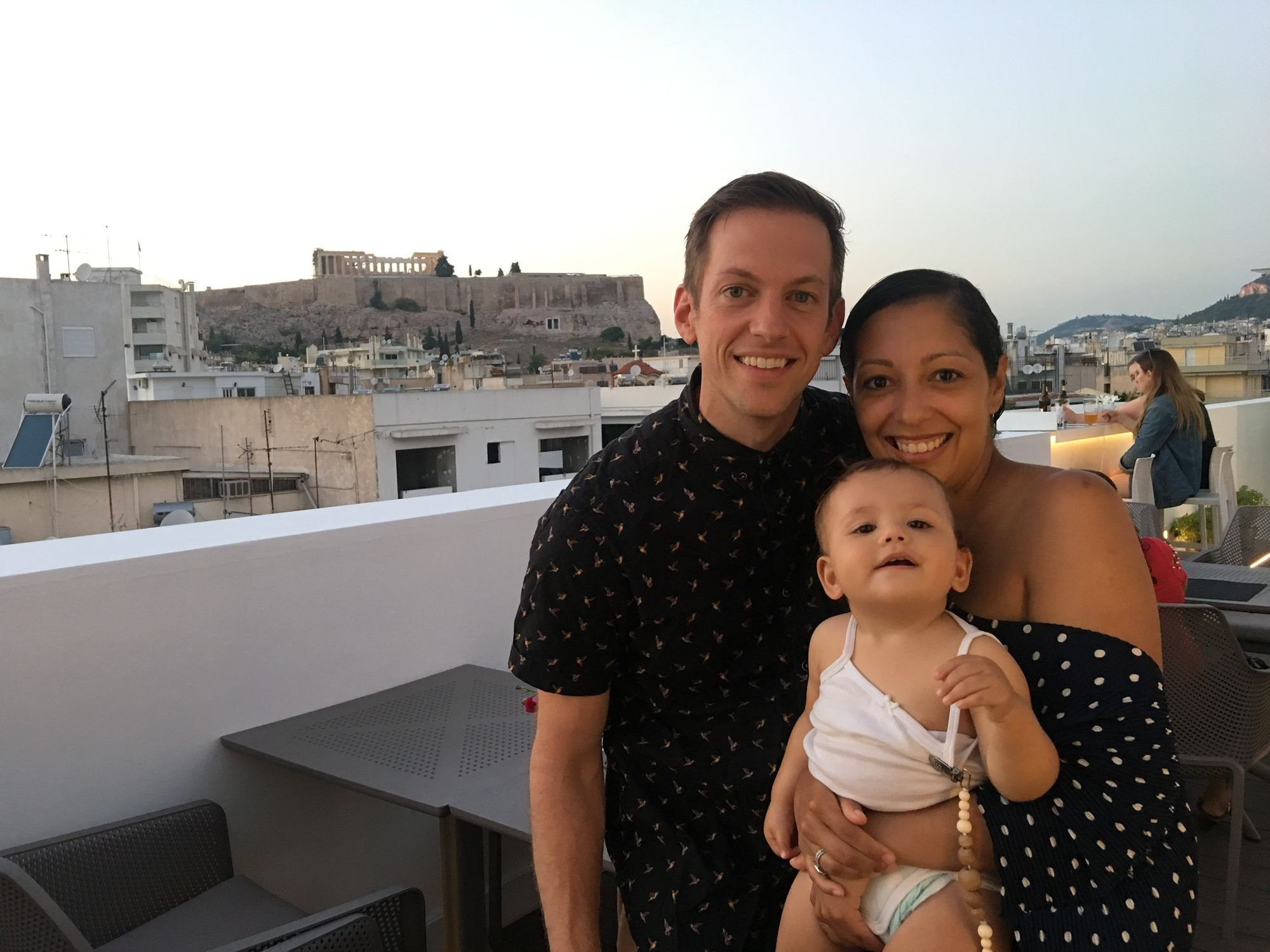
My wife and I were staying at a hotel which happened to have a really phenomenal rooftop restaurant - honestly, absurdly good - that had sweeping panoramic views of the entire city. I was actually quite surprised to find an unobstructed view of the Parthenon from where we were seated for dinner. I made a note to come back the following night - after momma and baby went to sleep, of course - to get some night shots of the Acropolis from this interesting angle.
Shooting at Night
Night shooting is probably my favorite type of shooting. There are so many details that our eyes don't capture that a tripod and a camera set to a long exposure can pick up. Having access to this rooftop at our hotel was an opportunity that I could not pass up!
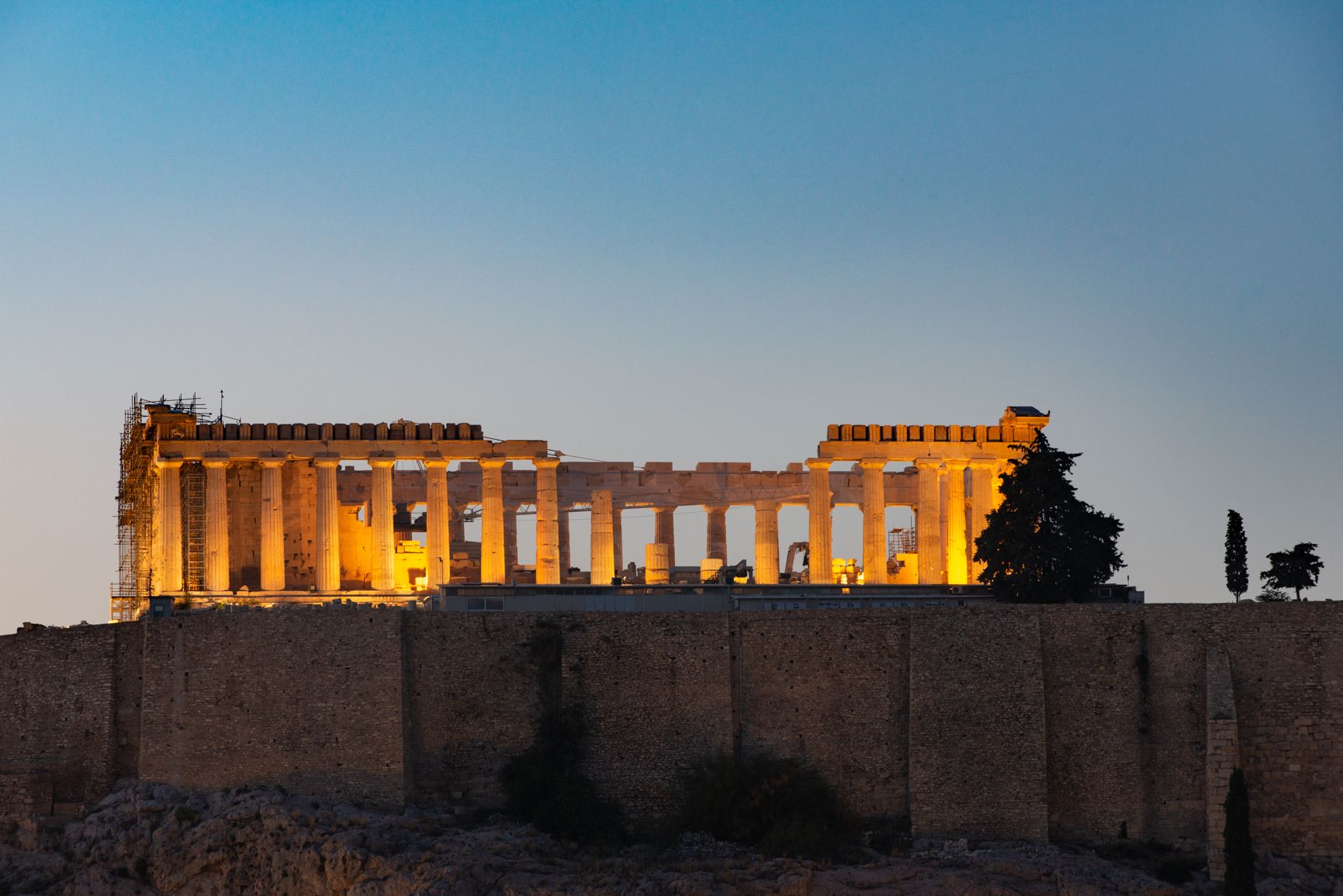
I used my Nikon D800, Benro Travel Tripod, and Nikkor 70-200mm f/2.8 for this setup
The Parthenon gets lit up as the sun starts to go down. Light starts to wane quickly as you approach sunset, so I like to be prepared with the focus locked in, and my shot framed up properly.
Blue Twilight
After Golden Hour - the period before sunset where the light from the sun makes everything appear softly lit and pretty magical - is Blue Hour. Your eyes typically perceive this time much darker that it actually appears in a long exposure, but a camera gets all those deep royal blue hues of the night sky.
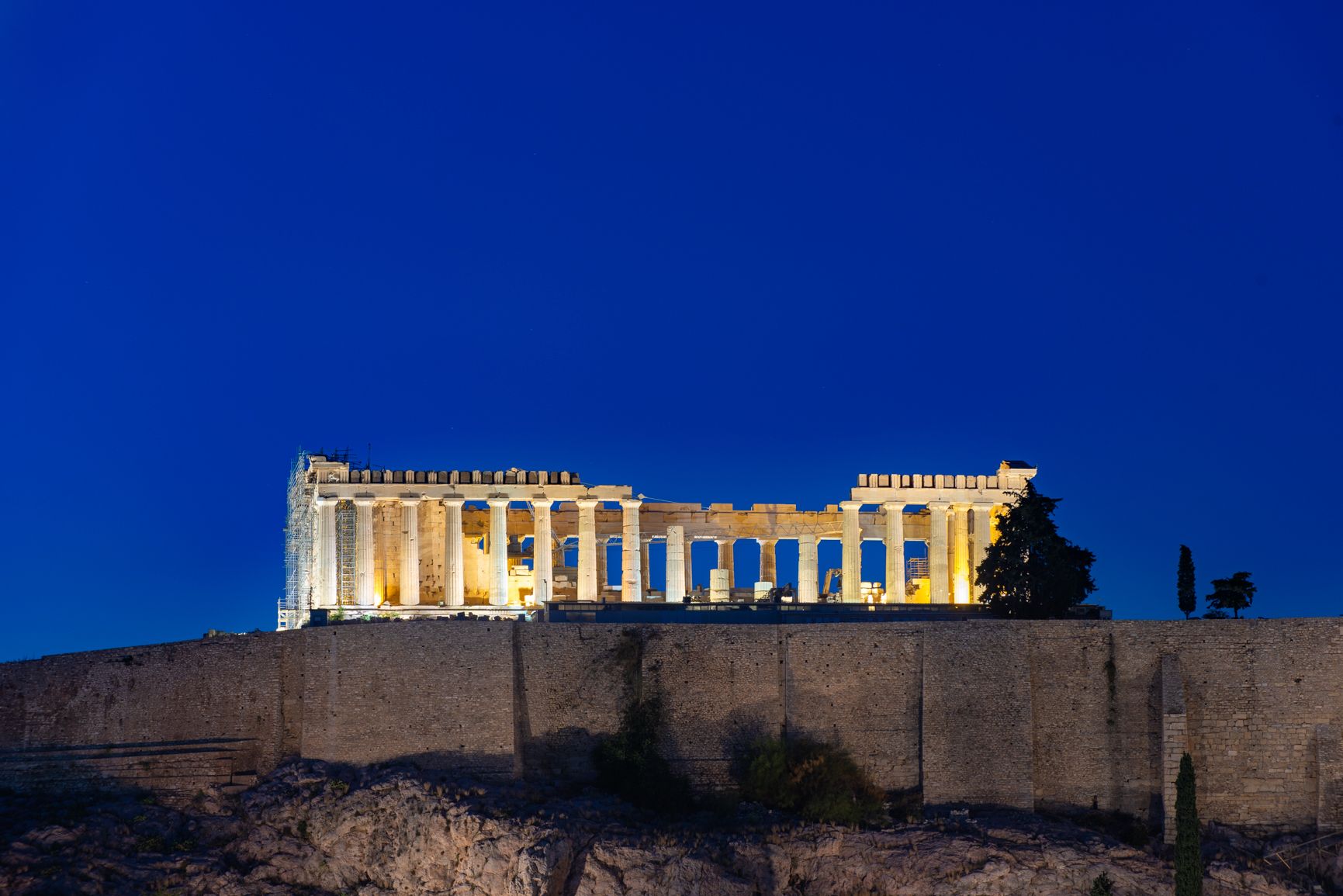
| Camera Model Name | NIKON D800 |
| Exposure Time | 8 |
| F Number | 9.0 |
| Exposure Program | Manual |
| ISO | 100 |
| Date/Time Original | 2018:08:18 13:58:00 |
| Flash | Off, Did not fire |
| Focal Length | 170.0 mm |
| Lens Info | 70-200mm f/2.8 |
Here you can see the setup I used for this shot. A simple remote trigger, long exposure to get the color of the twilight sky, and high aperture to retain high detail in the columns of the parthenon.
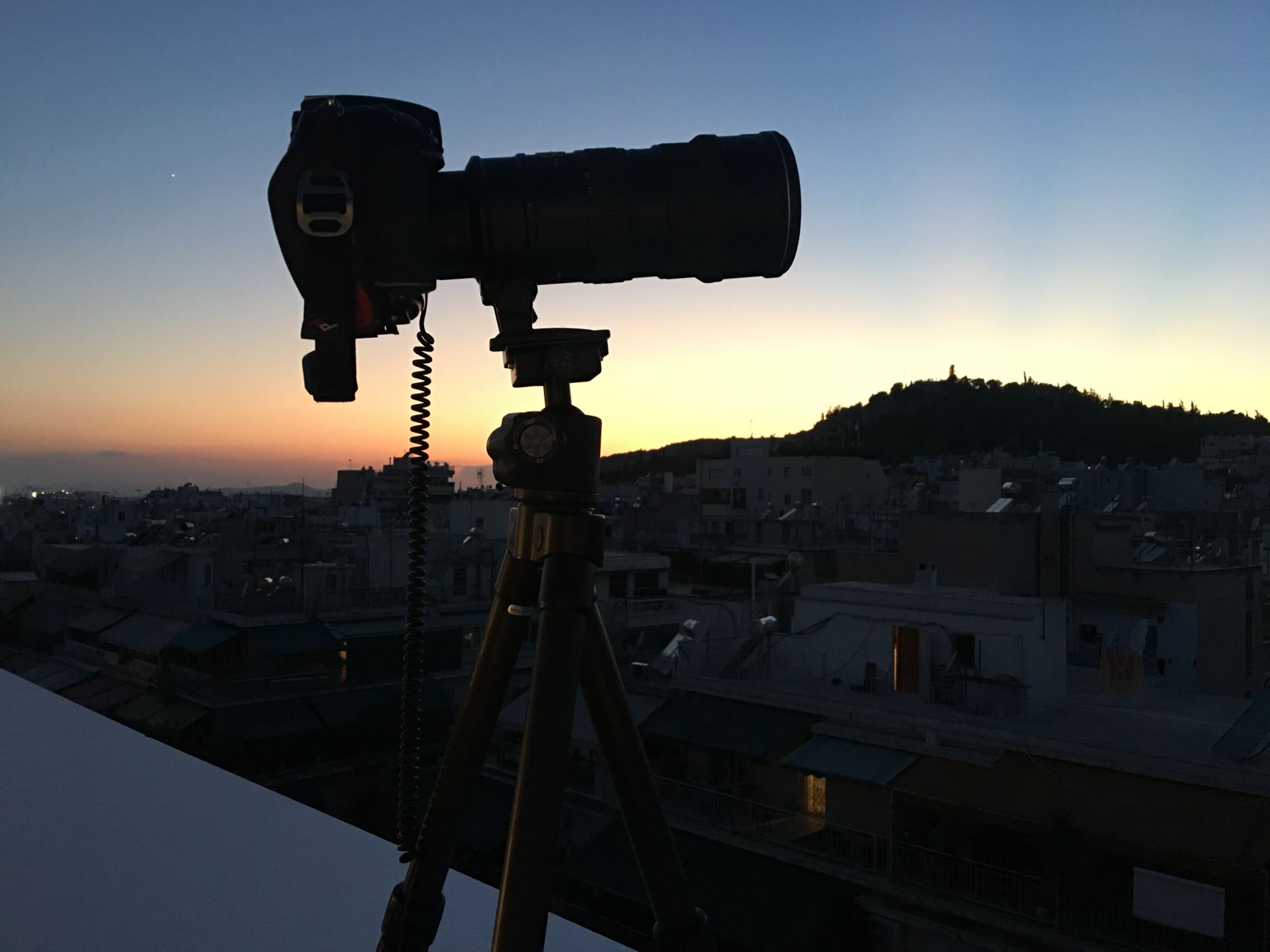
I typically engage live view on the back of my camera, zoom all the way in, and make sure that I have focus bang-on. Then I lock my mirror up, and use a remote trigger to actually start the exposure. One thing you'll notice with very high resolution cameras and focusing on objects at far distances is that any slight disturbance of the camera - whether from wind slightly swaying the tripod, or your hand depressing the shutter button, will result in softer images. You try to minimize the amount of vibration that you're getting, and also repeatedly checking after your shots that the camera didn't somehow vibrate from something else - like people walking by during your exposure.
A higher ISO setting will lead to shorter exposure times - which is good for when you're zoomed in tight with a long lens, since there is less risk of vibration in your exposure. However, higher ISOs will give you more noise in your final image, so there's a balance that you need to strike there, depending on your needs for how the shot is going.
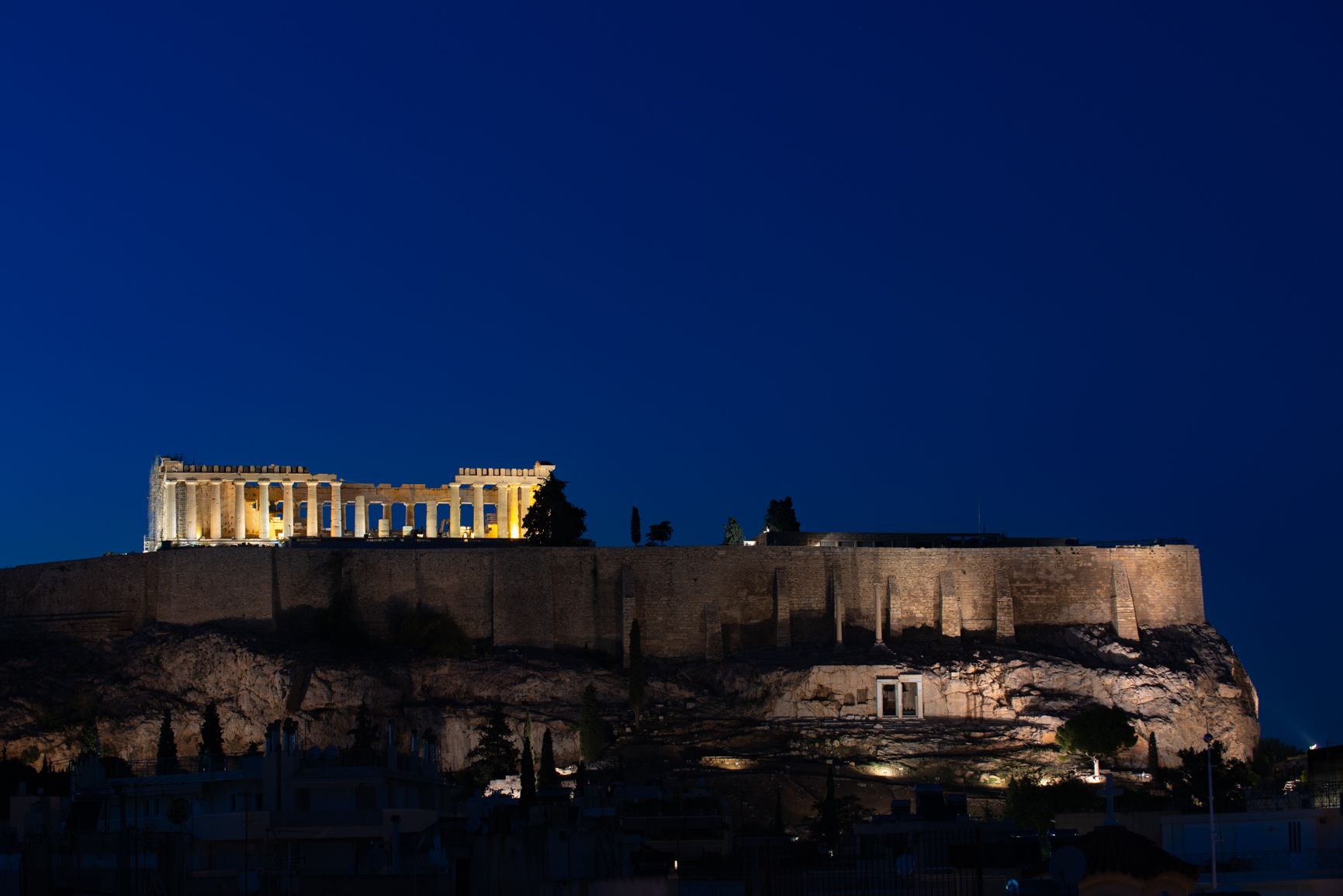
| Camera Model Name | NIKON D800 |
| Exposure Time | 5 |
| F Number | 9.0 |
| Exposure Program | Manual |
| ISO | 100 |
| Flash | Off, Did not fire |
| Focal Length | 90.0 mm |
| Lens Info | 70-200mm f/2.8 |
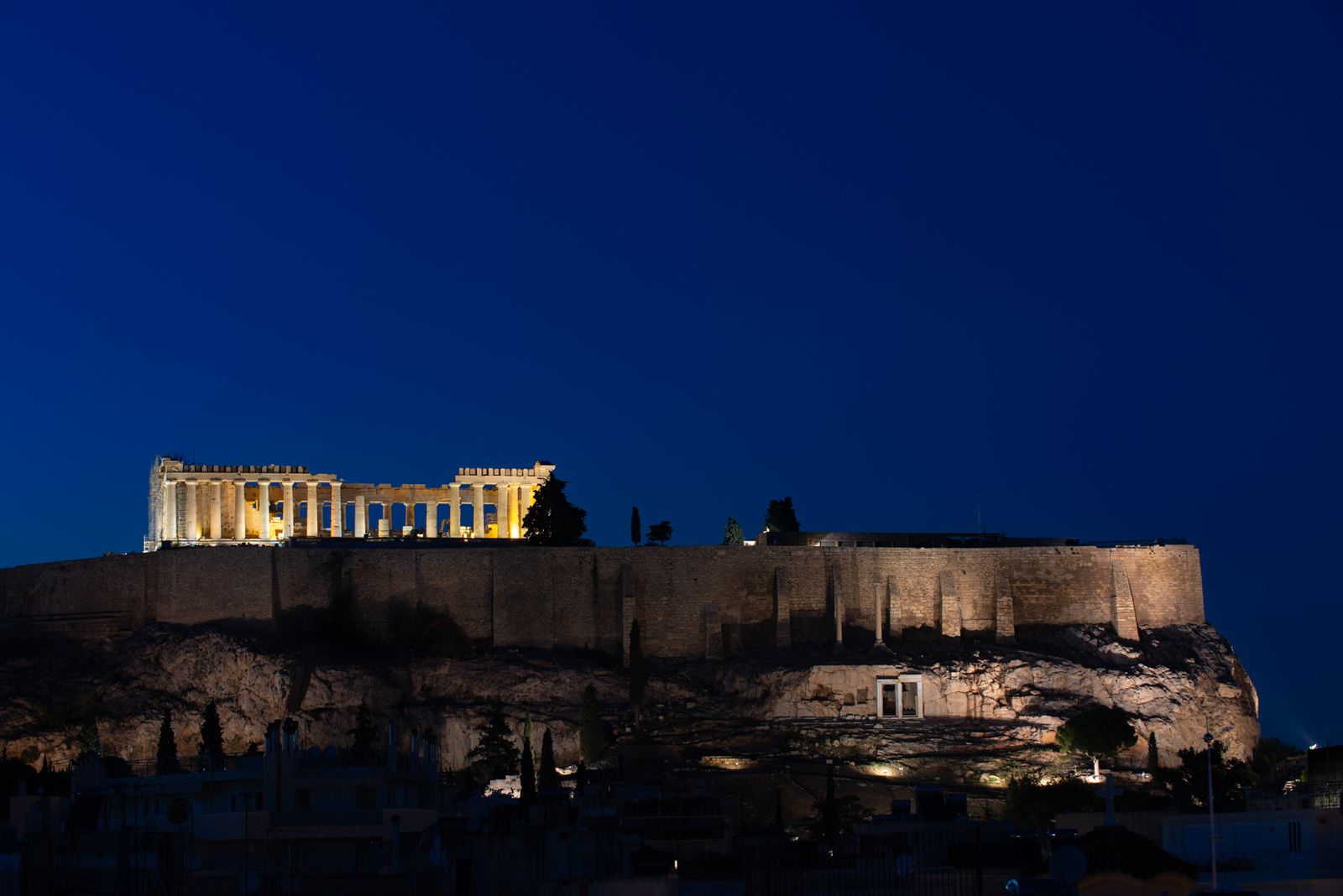
Member discussion